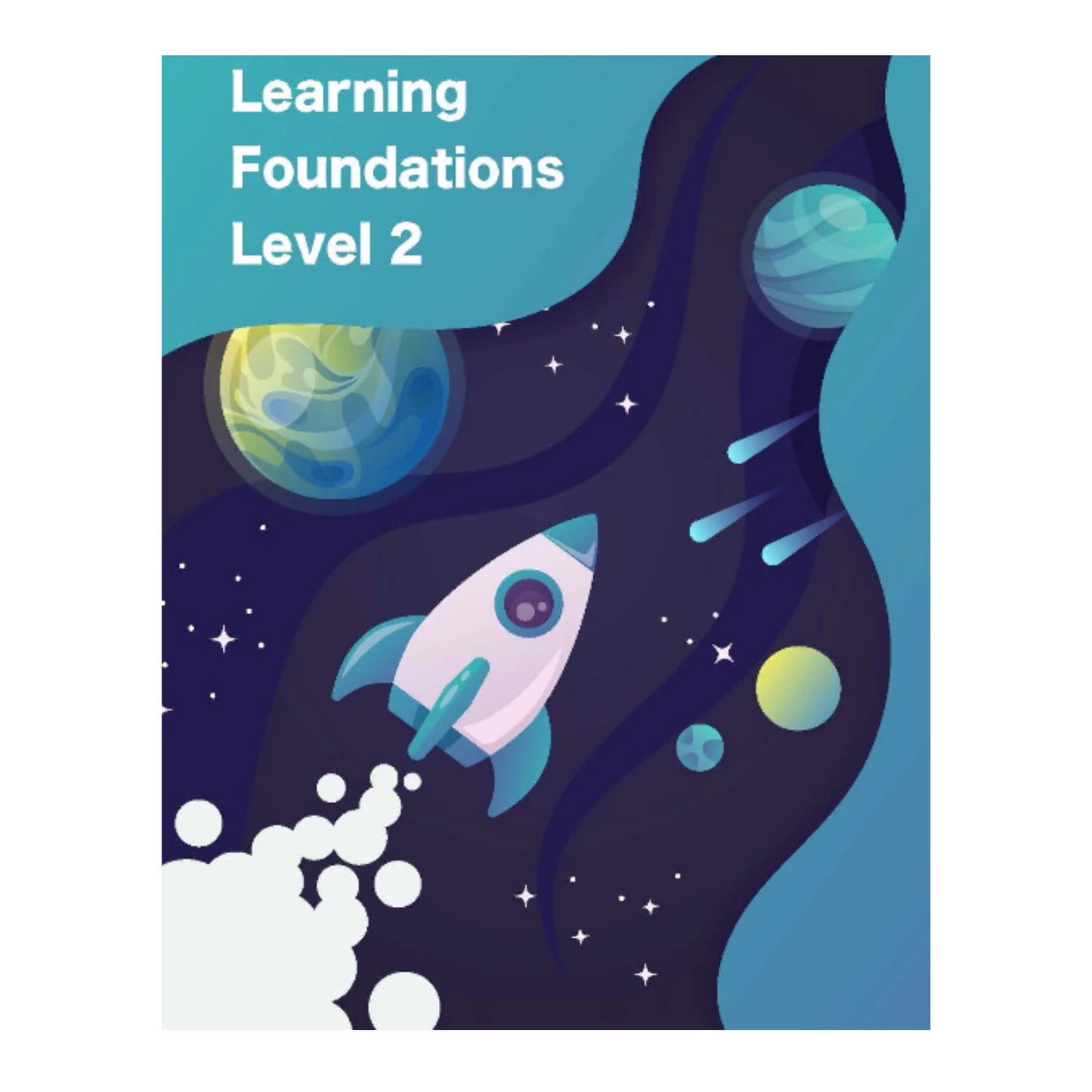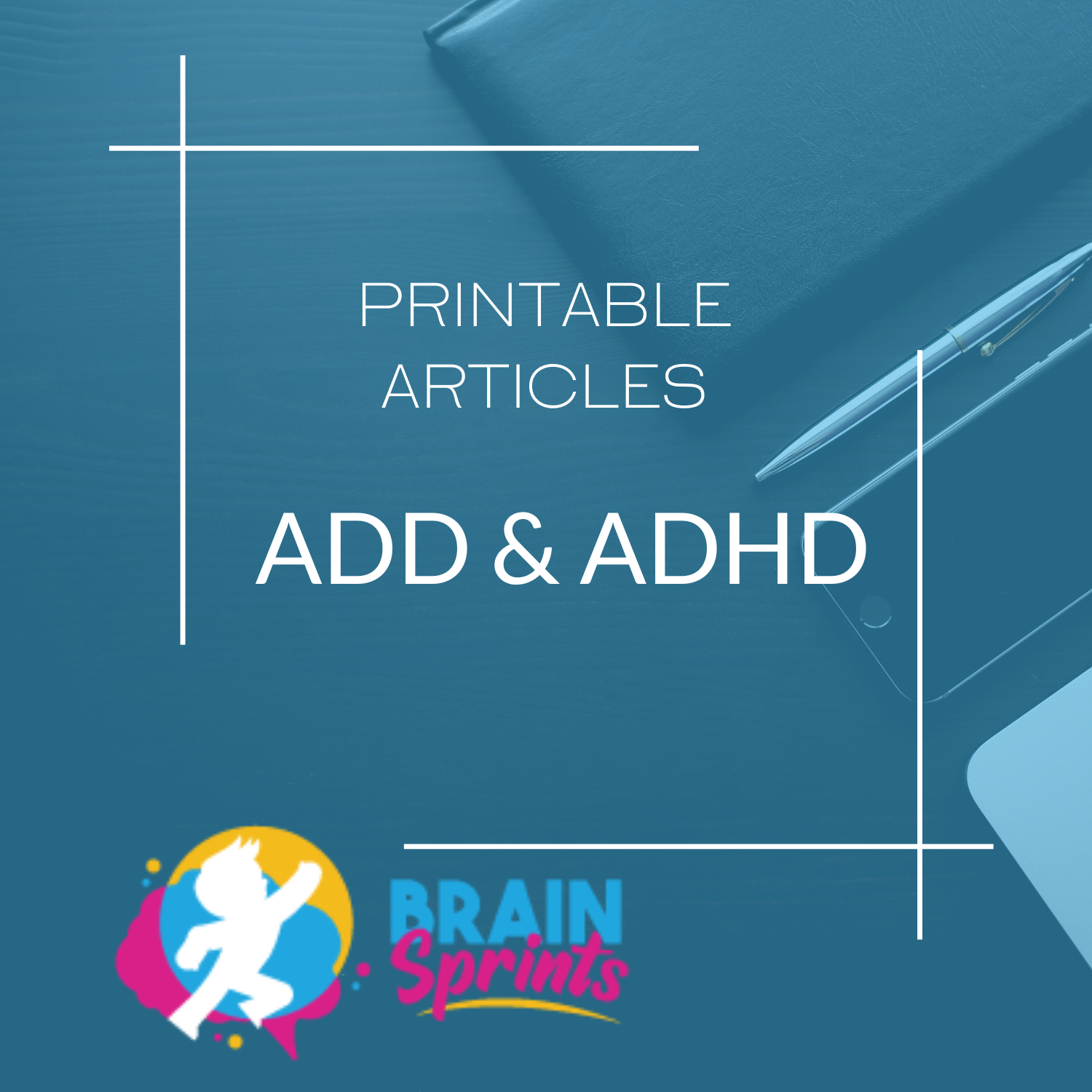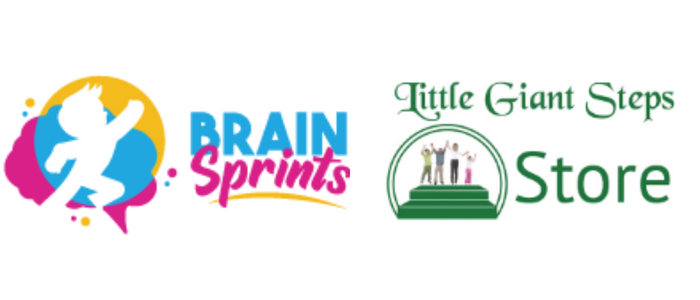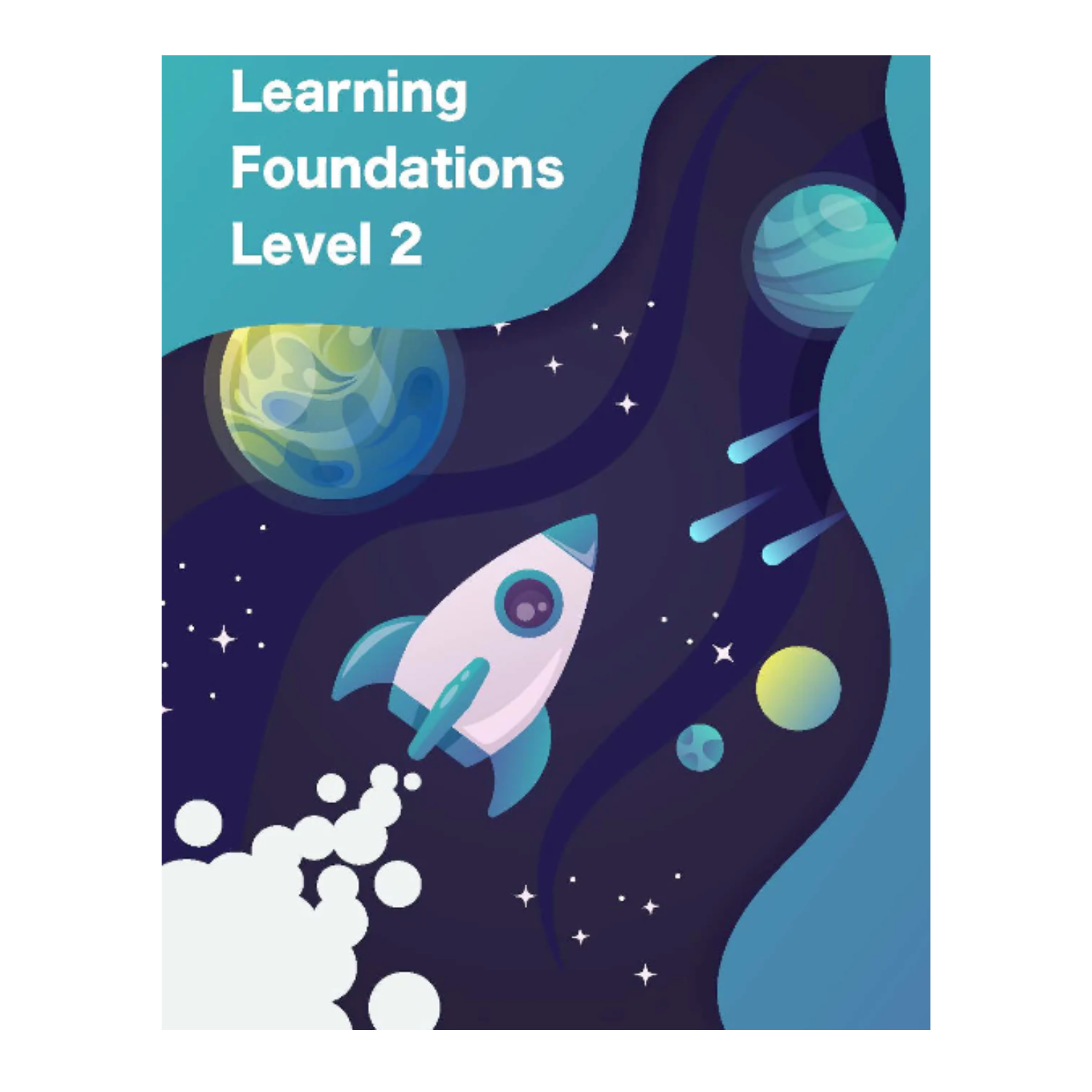LGS Store
Early Learning Foundations Level 2
Early Learning Foundations Level 2
Couldn't load pickup availability
Early Learning Foundations 2 – Kindergarten Readiness & Brain-Boosting Curriculum
Give your child the confidence and skills to thrive in kindergarten with Early Learning Foundations 2 (ELF 2) from BrainSprints. Building on the success of ELF 1, this research-based program is designed for children ages 4–5 who are ready to strengthen memory, attention, math, pre-reading, and fine motor skills. Using the proven Neuro-Educational Approach, ELF 2 develops strong brain pathways that support lifelong learning, focus, and problem-solving.
Perfect for homeschool families, preschool preparation, or kindergarten readiness, ELF 2 blends short, structured lessons with fun, hands-on activities that keep young learners engaged while building real academic confidence.
✅ Skills Your Child Will Gain with Early Learning Foundations 2
Advanced auditory & visual processing for better memory and comprehension
Number recognition and math pattern mastery up to 100+
Readiness for addition & subtraction through engaging finger math and picture math
Stronger fine motor development for handwriting and coordination
Pre-reading and phonics readiness for smooth transition into reading
Critical thinking and problem-solving with age-appropriate challenges
Confidence and focus that carry over to daily learning experiences
📘 What’s Included in ELF 2 Curriculum
Student Book with daily academic and developmental activities
Teacher’s Guide with clear, step-by-step lesson plans
Flash Cards including advanced Digit Span Cards for memory training
Hands-on Math Manipulatives for counting, sequencing, and problem-solving
Audio Resources to strengthen auditory memory and math fluency
🎯 Why Parents & Teachers Choose Early Learning Foundations 2
Builds directly on skills from ELF 1
Prepares children for kindergarten and first grade success
Strengthens brain organization, focus, and comprehension
Effective for all learners—including those with learning delays or attention struggles
Requires just 10–15 minutes per day for powerful results
Backed by video and written training for parent confidence
💬 Parent Testimonial:
"This program gave my child such a strong start in math and reading. By kindergarten, she was confident, focused, and ahead of the curve."
🚀 Set Your Child Up for Success
Early Learning Foundations 2 is more than a kindergarten readiness curriculum—it’s a brain-building program that helps children develop essential academic skills, strong memory, and a lifelong love for learning. Whether you’re preparing for homeschool, preschool, or kindergarten, ELF 2 equips your child with the tools they need to succeed in school and beyond.
Scope and Sequence:
Understanding the operation of addition and subtraction
Mastery of addition math facts
Identification of larger/smaller number
Understanding the order of the days of the week
Improved auditory and visual processing
Telling time to the nearest half-hour
Ability to start at a given number and count
Mastery of skip counting by 10’s, 5’s and 2’s
Critical thinking about number relationships
Counting backward from 20
Ordinal number proficiency (counting and application)
Introduction to measurement
Ability to read number words “zero” to “twenty”
Descending order of random numbers to 100
Understanding of concepts: shortest/longest, tallest/shortest, heavier/lighter, bigger/smaller
Mastery of reading numbers to 1,000
Multiple meanings of mathematical signs
Coins – value, counting
Number word use
Exploration of three dimensional shapes
Math story problems
And so much more!


Exchange accommodations and compensating for confidence and excelling!
Let us help you discover all the ways our brain training and building principles can help with learning labels like Dyslexia, ADD, ADHD, Autism, Sensory integration, Dysgraphia, Dyscalculia and more.

